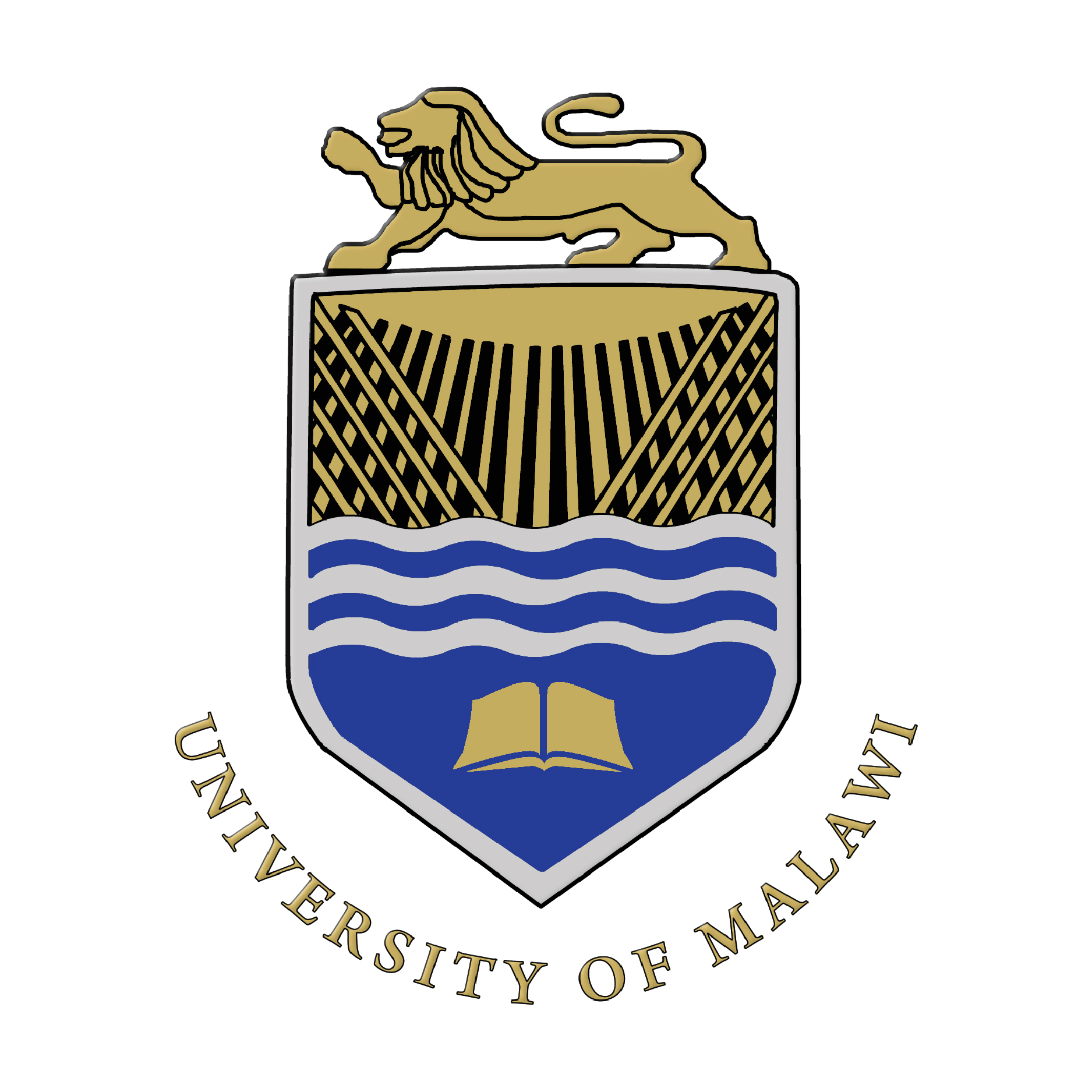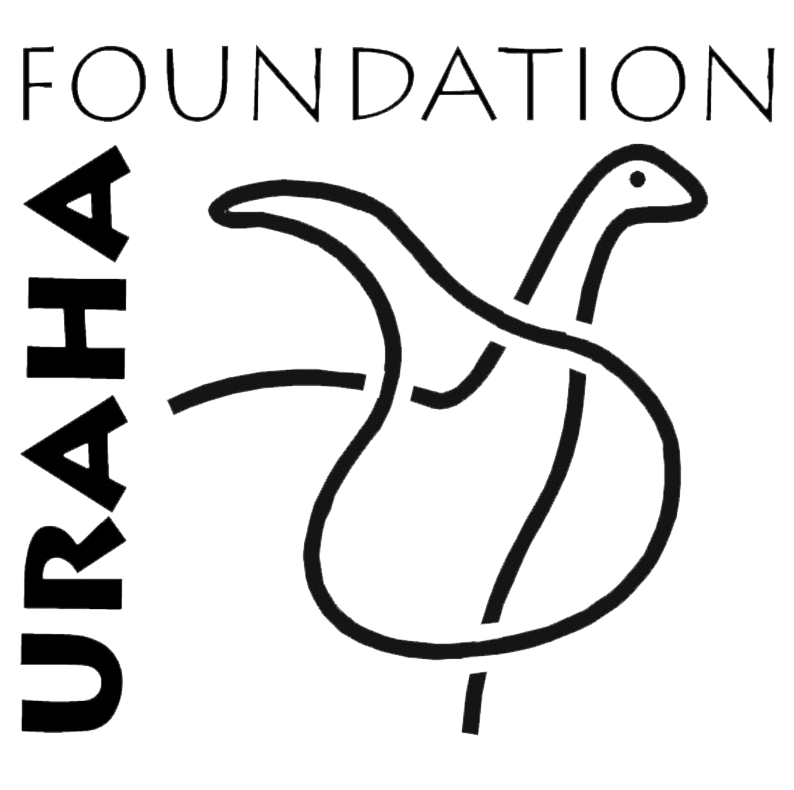
KARONGA -
THE WARM HEART
OF MALAWI
Malawi is known as the warm heart of Africa. With its unique natural and cultural history the Karonga District in northern Malawi is regarded as the warm heart of Malawi. International Research Co-operations have helped to underscore this tremendous heritage. Several institutions in and around Karonga promote and educate people from all over the world about its natural and cultural and its rich history. Most prominently among them are the Cultural and Museum Centre Karonga and Radio Dinosaur.
VIDEOs in and around Karonga

Research videos
Here you find information on research conducted by the Hominid Corridor Research Project and the Human Paleobiomics Project since the 1990ies in cooperation with Malawi Department of Antiquities and Chancellor College Zomba. Explore the connections of early human and climate change, discover the background of ground-breaking discoveries in the region, and experience the feeling of being a scientist!

Cultural Activities videos
Here you are being introduced to major cultural and educational activities in Karonga. Meet and discover the Cultural and Museum Centre Karonga, its history its activities and its friends! Video portraits of 12 cultural workers present the visions of tour guides, the manager, the Senior Curator, performing artists, a painter, a radio engineer, supporters and scientific collaborators, and last but not least of Paramount Chief Kyungu.
RESEARCH
The Cultural & Museum Centre Karonga with its colleagues of the Ministry of Culture and the University of Malawi is a long term cooperation partner of the Senckenberg Research Institute, and the Goethe University, Frankfurt, Germany. Research Activities include paleobiological, paleoanthropological and archeological field projects, including field- and summer schools for international students.
HOMINID CORRIDOR RESEARCH PROJECT

The Hominid Corridor Research Project began a long-term study of the Malawi Rift in 1983, focusing on the biogeographic role of southern and eastern Africa on the origin and dispersion of Plio-Pleistocene faunas, including early hominins. Long-term paleontological surveys were conducted in the Chiwondo- and Chitimwe Beds. Subsequently, the HCRP has developed completely new approaches to the study of early human environments in its Paleobiomics initiatives.
paleobiomics.org/hcrp.html
METABOLIC ECOLOGY FIELD PROJECT
Metabolic ecology explains how ecological processes are regulated by metabolic rates, which unite at all hierarchical levels from the individual to the biosphere to set the rates at which resources are extracted from the environment and allocated to survival, growth, and reproduction. The research will be directed to the human-water system and the influences of climate change on this system. The overall goal is to understand the distributions, amounts, flux and paths of any given element in the environment and to trace the paths of resources available that sustain the metabolism of the entire ecosystem.
paleobiomics.org/mefp.html
MUSEUM VISITORS NETWORK Museum X3
This project aims at linking three museums, the Cultural & Museum Centre Karonga (Malawi), the Georgian National Museum in Tiflis (Georgia), and the Senckenberg Museum of Natural History in Frankfurt/Main (Germany) via video conferencing systems. This will allow a direct exchange between museum visitors in the three countries, in order to contribute to the equality of experience and knowledge, to internationalize the social debate within museums, to promote realistic and differentiated perceptions of the three societies and to inspire and encourage intercultural and global learning
https://www.facebook.com/museumx3/

INFORMATION
Private Bag 16, Karonga, Malawi
Museum, Amphitheatre,
Mbande Gardenrestaurant / Bar

From Dinosaurs to Democracy

The CMCK provides an fascinating exhibition ranging from the history of the whole humankind up to the natural and cultural history of the Karonga area. On display is a complete skeleton of a Malawisaurus fossil and there is a new exhibition about the Geology of Karonga including some facts about Uranium which is mined very near at Kayelekera. Since 2015 the exhibition on "Living Legends" provides information on freedom fighters in Malawi.
MUSEUM
Senior Curator
Mr. H. Simfukwe
+265 (0)88 886 1014
Manager
Mr. W. Mwagomba
+265 88 851 5574
Chief Tourguide
Mr. D. Simbeye
+265 99 943 6427
karongamuseum
@gmail.com
Transport Organisation
Mr. S. Kalilombe
+265 999 61 36 83
syleskalilombe
@yahoo.co.uk
DINOSAUR FM














